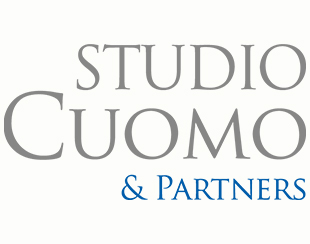
21 Jan mobbing
The crime of persecutory acts is supplemented by the conduct of bullying by the employer who puts in place a targeted reiteration of multiple attitudes converging in expressing hostility towards the employee and preordained for his mortification and isolation in the workplace: The conduct of the employer may well be represented by the abuse of disciplinary power culminating in retaliatory dismissals, such as to determine a vulnerability to the victim's free self-determination, so as to create one of the alternative events provided for by art. 612 to c.p. In other words, among the conducts attributable to the notion of bullying include both unlawful conduct (sometimes prosecuted also on a criminal level), both acts and considered in isolation are in themselves lawful and indeed often constitute an expression of the ordinary powers of management, control and discipline due to the employer. To unify these behaviors, attributing to them an overall illicit nature, they are the oppressive intent that animates the persecutor (also called "mobber") and the systematic nature of the action, carried out in a targeted and prolonged manner in order to hit an unwelcome person, feared or no longer considered useful: as well as forms of aggression, also the reasons behind the phenomenon are evidently multiple, multifaceted and variable from one case to another (Cass. 12827/22).


